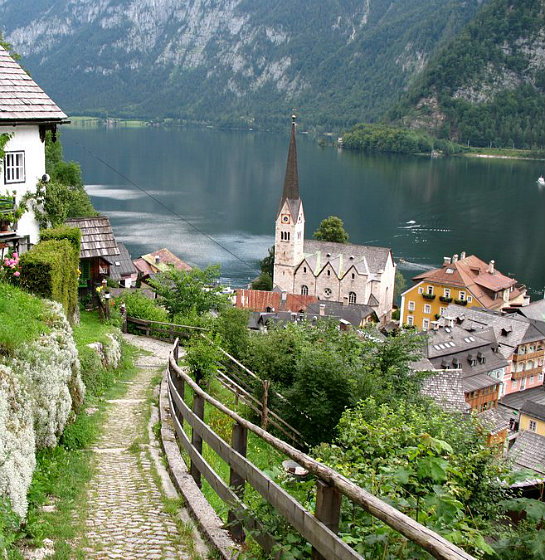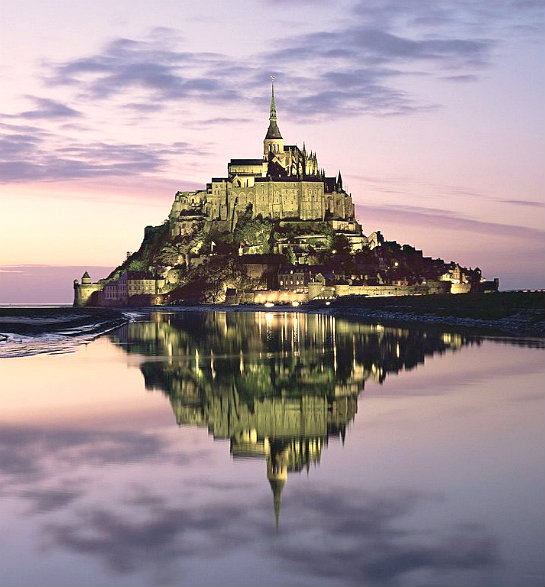| Part 1: France ~ Germany ~ Austria |



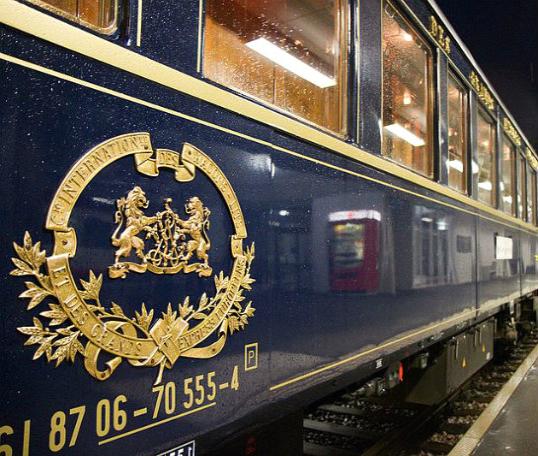
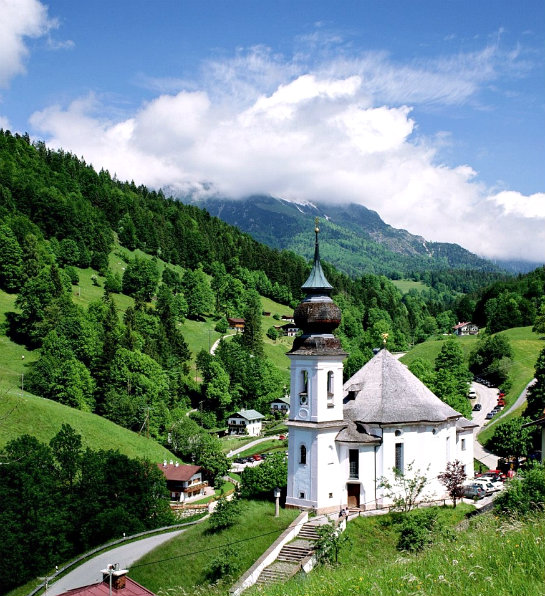

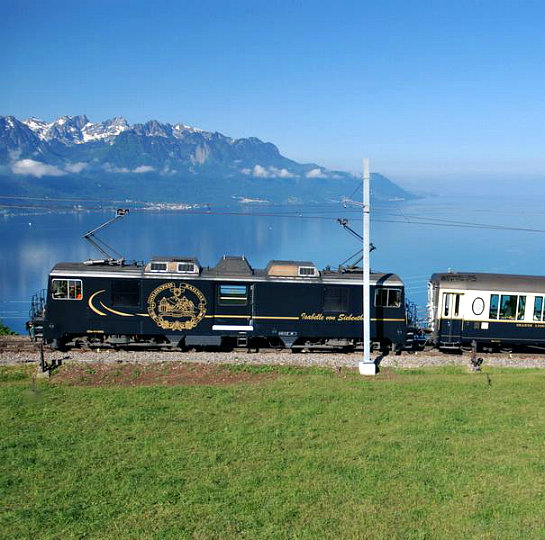
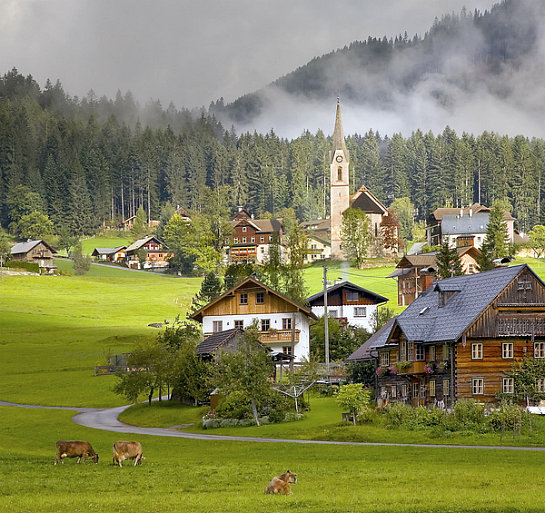
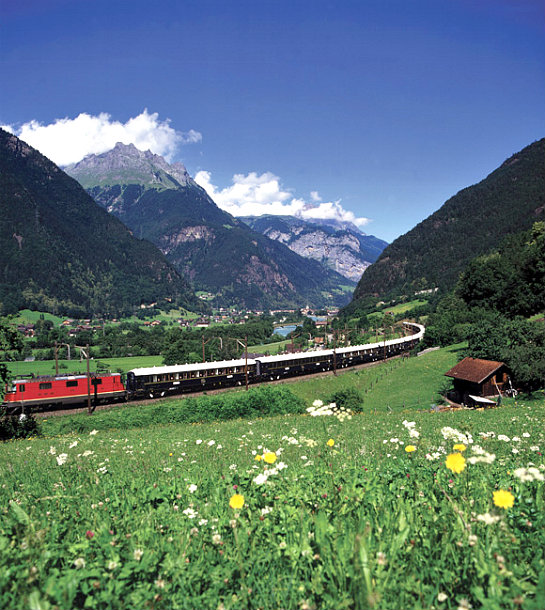
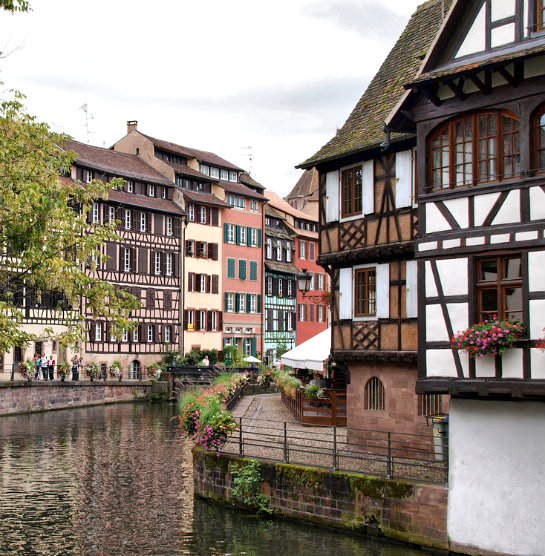
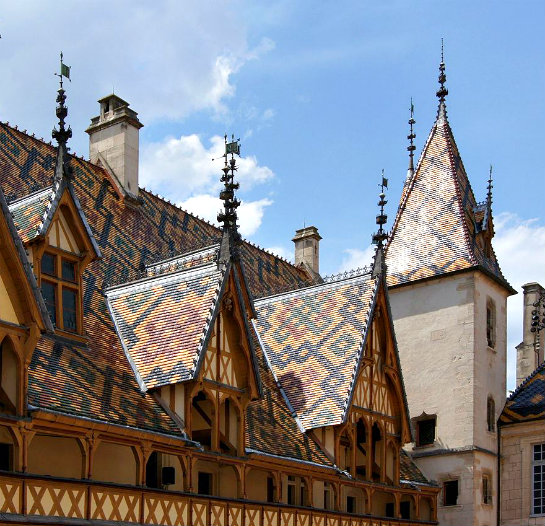



| Photo Credits: Kepguru, ScenicReflections, jebulon@wikimedia, Niedersachsen, murdockcrc@wikimedia, gentlemens.gazette, tangopaso@wikimedia, NationalPublicRadio, Telegraph, National.Geographic |
| Please don't use the "Send Page" feature of your computer to send this entire page in an e-mail message, document or pdf format. This distorts the layout and separates the page from its source. If you'd like to share it, please just send the link. The link to this page is: www.thepastwhispers.com/Orient_Express.html |
| Orient Express Dining Car, ca. 1886 |
| Glamour, luxury, adventure and intrigue - since most of us know this train through the fiction of books and movies, these are the things that come to mind when we think of the Orient Express. |
| Agatha Christie's Poirot solved his most famous case on it. Alfred Hitchcock's leading lady vanished from it. James Bond pursued a Russian spy on it. Van Helsing rode it to his battle with Dracula. But the train's actual history is often as intriguing as the fiction that surrounds it. |
| There wasn't a single Orient Express. The train's rolling stock changed many times and the routes changed, as well. At times, trains on different routes used the name Orient Express concurrently. |
| The Express d'Orient took its inaugural trip in 1883. The route was: Paris - Munich - Vienna - Budapest - Bucharest. In Romania, passengers crossed the Danube by ferry to Bulgaria, where they boarded a second train to the Black Sea. A steamer finished the trip to Istanbul. |
| In 1889, the line was completed and a direct route from Paris to Istanbul was available. |
| The train - various versions of it - made its way across Europe until 2009, finally - inevitably - a victim of high-speed trains and cut-rate airlines. In its 126-year history, kings, presidents, czars and the famous (and infamous) from every conceivable walk of life traveled aboard the train. |
| Agatha Christie began her famous novel of the same name on the Orient Express, finishing it at the Pera Palace Hotel in Istanbul. The ruler of Bulgaria once insisted that he be allowed to drive the train through his country (which he did, at peril to everyone). In its heyday, the train earned the nickname "Spies Express," because continent-hopping secret agents favored trips on the Orient Express. |
| At the end of WWI, German officers signed their surrender to the Allied command in an Orient Express car. In 1940, when France fell to Germany, Hitler ordered the same car moved to the exact location of Germany's WWI surrender, where he dictated the terms of the French surrender. Later in the war, when defeat seemed imminent, Hitler ordered that the car be blown up. |
| Travelers can no longer ride the historic, original Orient Express (though a train of similar name continues to run various European routes). But, on this page, Part 1, and the next page, Part 2, we can travel through the countries that were on the original Express d'Orient route. |
| The images on this page are from France, Germany and Austria. Photos from countries on the second half of the original route: Hungary, Romania, Bulgaria, Turkey, can be found in Part 2. |
| No ticket necessary for this ride on the Orient Express! -- Nancy |
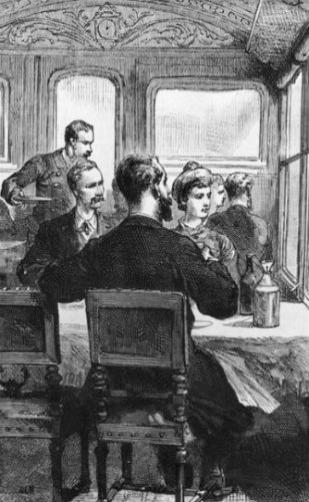
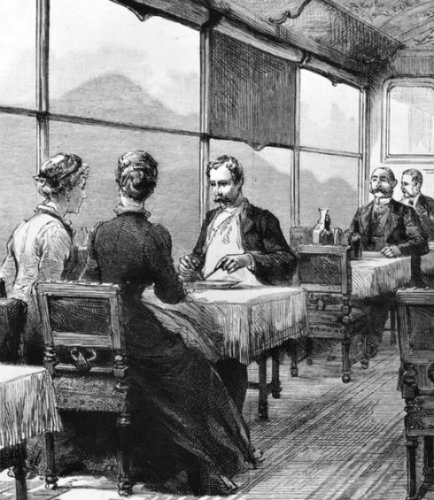
| Life is a journey, not a destination. -- Ralph Waldo Emerson |


